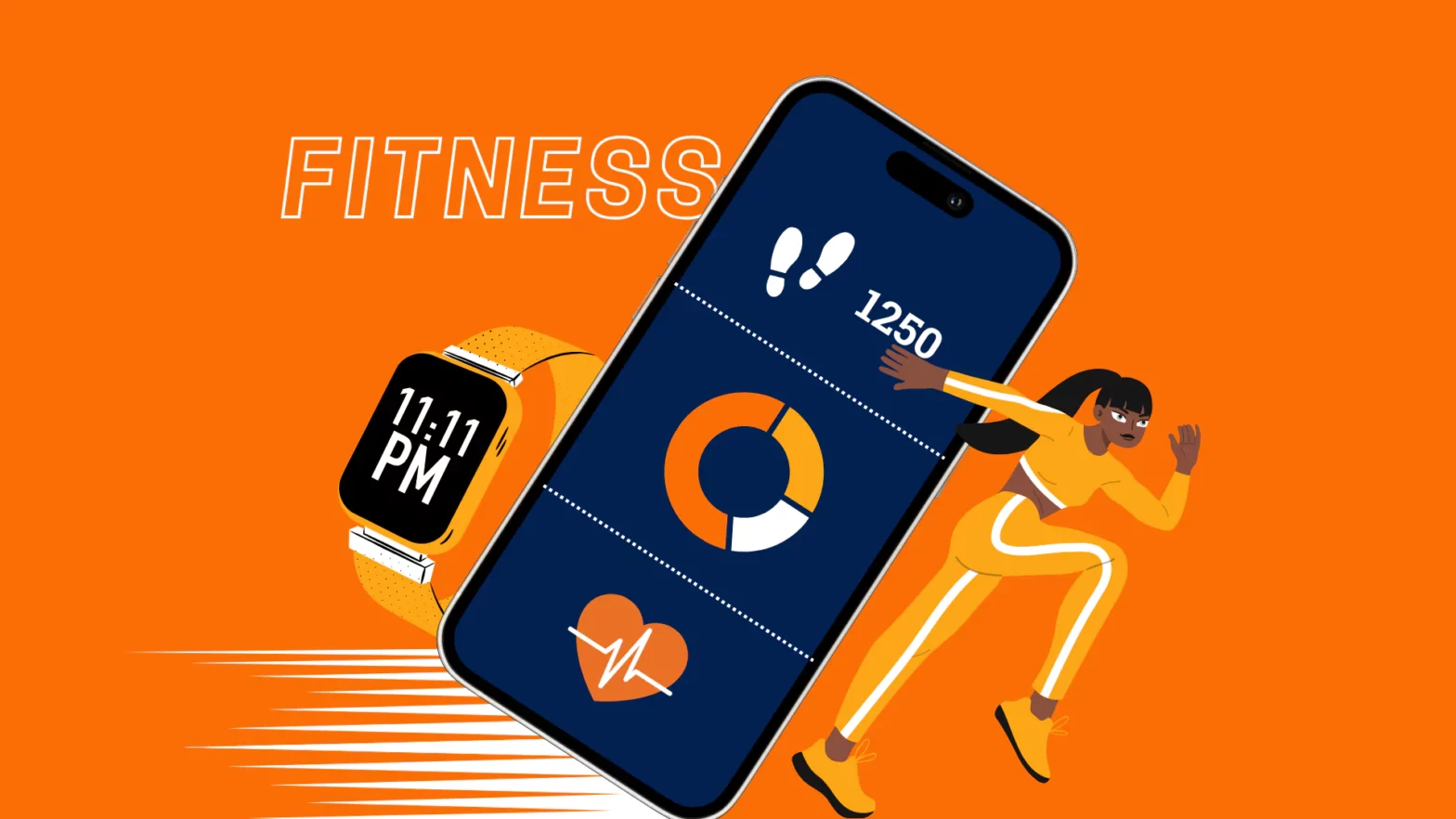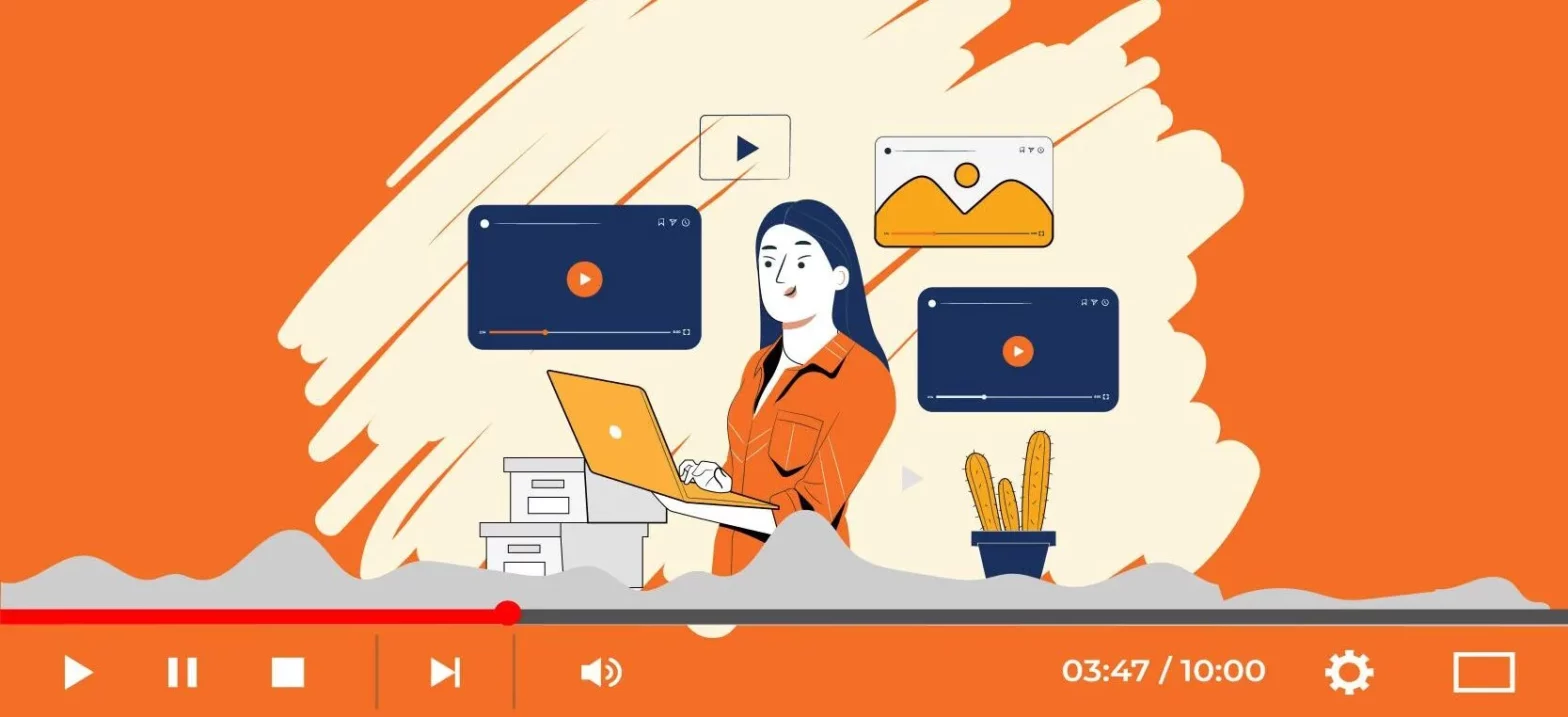Track These Metrics/KPIs to Measure Your Blog Success
Author: Team WH
Published On: 07-07-23
Estimated reading time: 5 minutes
Blogs are undeniably a significant factor contributing to your website’s success. The value you choose to spread through content is incomparable and sets you apart from your competitors.
But is your content writing and SEO strategy helping you with blog success? How do you find out?
The answer is to keep an open eye on your blog metrics and KPIs. KPIs are Key Performance Indicators that help you see how well your SEO efforts respond. It’s all about the analytics!
Here is a guide to help you know how to measure blog success with accurate KPI tracking.
12 KPIs to Watch Out for Blog Success
As someone investing your time, money, and creativity in website blogs, you might already track analytics. Many individuals focus on just sales and web traffic. But there are some other essential blog metrics that we usually overlook.Here’s a deeper look into such essential blog KPIs.
1. Page Views
No wonder your blog success starts with measuring page views. It measures total views on the page, including the number of times one individual viewed it. This tells you about audience size; a higher number means more successful blogs. Keep up with the effort, and wait for the blogs to go viral!
2. Time on Site
As the name suggests, this metric tracks how long someone spends on the page. If the audience time on your site is longer, they found what they were looking for. Whereas, if users are spending less time on the page, they might not be getting their answers. You need to ensure well-structured quality content which delivers answers and boosts time on site.
3. Bounce Rate

Similar to time on site, bounce rate also represents engagement. It tells you what percentage of viewers visited the site, viewed a page, and left. Aim for a lower bounce rate, which suggests the viewer finds your page interesting. This further leads to better chances of purchases, shares, or downloads.
4. Traffic Source
Another one of the crucial blog metrics is tracking the source where your audience reaches your blogs. It can be from organic browsing, internal links, referrals, social media, emails, etc. An idea of the source of traffic can help you understand the kind of audience and their preferred channels. Build traffic through sustainable and regular sources like email marketing and newsletters.
5. Organic Search Traffic

Among the sources mentioned above of traffic, organic browsing is the best for you. If more individuals land on your site via a browser search, the search algorithm favours your content. With a better organic score, you can build a higher SERP and save on paid search traffic.
6. Homepage Visits from Blogs
How many of your blog page visits are direct from your homepage? This is an essential KPI as it determines if users land on your blogs directly or through indirect sources. It gives you an idea about the type of users your content attracts. Often, repeat visitors land directly on your blogs, while a homepage visit means you are reaching new visitors. If your homepage traffic increases, optimise it for a better user experience.
7. Conversion Rate
Your blogs must have a CTA to lead to conversions. Promoting actions through blogs can look like booking a plan, purchasing, subscribing, or filling out a form. Successful blogs usually have a higher conversion rate, indicating that user visits followed a desired action.
8. Top Viewed Posts
Checking which of your blogs is receiving good views is another way to measure blog success. It provides valuable insight into what type of content is popular and drives ideas for future posts. You can even reshare or update popular blogs to keep up the engagement.
9. Average Views Per Post
Posting website blogs needs consistency. You can check blog performance and strategies by viewing your average views per blog. This determines if you need to post more frequently or have routine posts. The more you post, the more the chance of the search engine preferring your content.
10. Comments and Shares
Like on social media, views and likes are not doing much for blogs today either. Comments on your blog mean you have built an emotional bond with your audience. Moreover, you can take this audience’s reaction as direct feedback. Alongside engagement, having comments on your post makes it more credible too.
When it comes to shares, you can identify which kind of content gets the most shares. You can even find out which social channel supports your content the most. Based on that, you can apply new promotional strategies and improve content based on platform requirements.
11. Inbound Links
Ask yourself if your content is link-worthy. Amidst the myriad of blogs available today, having inbound links measures the credibility of your content. Search engines rank your content as valuable and present it among the top results. Hence, ensure tracking your inbound links to understand and upgrade your content quality.
12. Email Metrics

Email metrics are an unmissable element of blog KPIs. If you have a list of subscribers, it is an opportunity to connect and communicate long-term. There is a direct relationship between email subscribers and email traffic to your blogs. Watch out for email KPIs and spread more value directly.
End Notes
Having a website comes with new goals and challenges to meet. Sharing value and interacting through blogs is an inevitable aspect of maintaining your website. Alongside consistently sharing content, you need to analyse your blog success too.
Numerous blog KPIs can help you track your performance and keep at it. Gather metric reports, compare them over months, identify audience preferences, and improvise. Prioritising these KPIs can help drive more traffic, strengthen values, and influence better business outcomes.
It is all a game of patience and dedication. So, are you ready with your next blog idea already? Ensure you back it up with insights and strategies from your previous blog metrics.
People Also Ask
1. What is a blog KPI?
The KPI or Key Performance Indicator for a blog measures the efficiency of your content in the marketing landscape. KPIs are factors that you can look out for to check engagement and ROI and measure audience interactions.
2. What are the types of blog KPIs?
There are three types of blog KPIs:
- Quantitative KPIs – that can be represented with numerical values
- Qualitative KPIs – that are represented without numerical values
- Leading KPIs – that help to predict the outcome of a strategy or process
3. What is a good KPI for SEO?
Organic conversions, sales, leads, downloads, subscriptions, etc., demonstrate SEO success. These KPIs focus on making money through conversions and measuring success based on user actions.























































































































